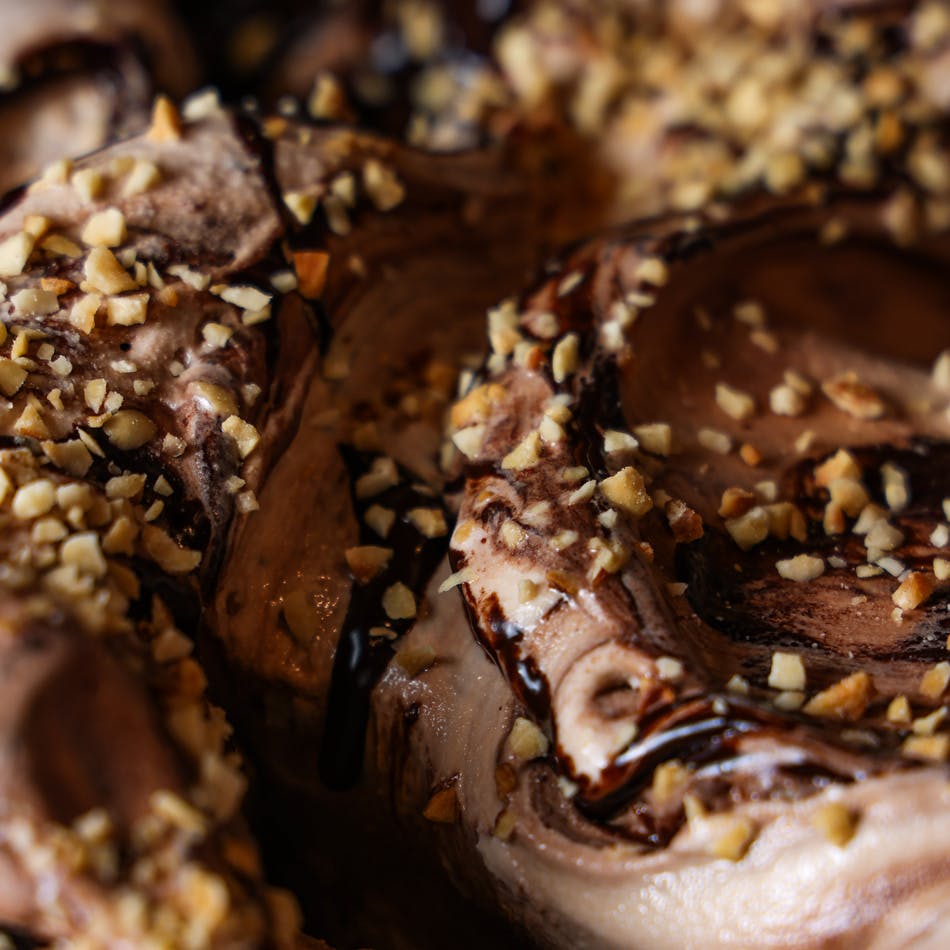Frozen desserts existed long before “ice cream” became a phenomenon: granita, sorbetti, sherbet, and even honey poured over snow.
Once civilizations discovered how to preserve snow and ice, the fascination with chilled treats spread quickly. Gelato as we know it today was an indulgence for aristocrats in the 16th century. This decadent treat was kept exclusively for the elite of society for many years. Slowly but surely, gelaterie opened for the public. In 1903, Italian immigrant to the US Italo Marchioni filed a patent for the first wafer cone, enabling everyone to enjoy gelato on the go.

Invention of Gelato (Maybe?)
The actual story of where and when gelato was invented is murky. Bologna, Sicily, and Florence all claim to be the birthplace, and three men are all credited with its invention.
In the first half of the 16th century, Cosimo Ruggeri, a livestock seller in Florence, entered a competition held by the Medici court to "prepare a unique dish never seen before." Ruggeri created a cold dessert from ice and fruit and won the competition. He joined the Medici court in France and was considered to be the only cook capable of surpassing the French chefs.
Also in Florence in the second half of the 16th century, Bernardo Buontalenti was working as a painter, architect, and engineer, with a passion for cooking on the side. Creating "Crema Fiorentina," a mix of zabaglione and fruit, Buontalenti is credited with being the first to introduce milk and eggs into gelato.
In the 17th century, Francesco Procopio di Coltelli grew tired of working as a fisherman and decided to try out his grandfather's sorbet machine. Coltelli revolutionized the process of making frozen treats by mixing salt into the ice, which super-chilled his gelato base. He also changed out the honey for sugar. After perfecting his recipes, Coltelli moved to Paris and opened the first gelateria: Café Procope.

Gelato vs. Ice Cream
Today, the base of gelato is made with a few, but contested, ingredients. Some recipes only call for milk, sugar, and eggs. Others say eggs are not allowed and instead call for milk, cream, and sugar. However the base is made, the flavors traditionally come from natural ingredients like fruits and nuts, rather than artificial flavorings.
Gelato only has about 7% fat content, almost 1/3 of ice cream, but arguably tastes much richer. This texture difference is thanks to a slow mixing process. When gelato was first created, the mixture would be cooled and whipped by hand. Now, gelato churning machines make the process much more efficient. About half as much air is incorporated into gelato during the churning process compared to ice cream. Air acts as an insulator, so less air means the texture is richer, the flavors are more pronounced, and gelato will melt more quickly than ice cream.
There's also a difference in how gelato and ice cream are stored. Because of the air content, gelato is stored at a slightly warmer temperature than ice cream (around 10°F for gelato versus 0°F or lower for ice cream). Strangely, gelato will actually feel colder as you enjoy it.

Regardless of when or how gelato was invented, we can all agree that it's a treat worth celebrating. Be sure to stop by your local Eataly to celebrate Gelato with us with our new gelato specials before they're gone on September 28th.
